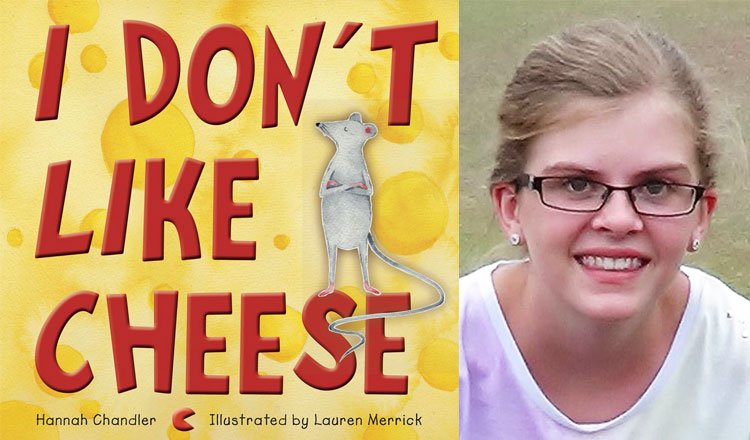Sydney orthopaedic surgeon Dr Jonathan Herald (above) answers your most asked questions on frozen shoulder.
What is a frozen shoulder?
- Frozen shoulder – also called adhesive capsulitis – is a severely painful and disabling shoulder condition that disrupts sleep and causes pain that ranges from mild to breathtaking.
- It can also cause stiffness and your range of motion may be impacted, making it difficult to do everyday tasks such as putting on a bra, getting into a coat or reaching overhead or across your chest.
- For people with diabetes it can create difficulties with injecting insulin into the arm. Over time, the ability to move your shoulder is significantly reduced, so much so that it literally becomes “frozen”.
What are the medical “phases” of frozen shoulder?
There are generally three phases of frozen shoulder. First is the painful or “freezing” stage, which lasts six weeks to nine months. Then there is the “frozen” stage, where the pain improves but there is still stiffness. This often lasts for about four to six months. Finally, the “thawing” stage lasts up to two years, as range of movement improves. Almost all people will recover from frozen shoulder.
If I have diabetes, what is the chance of developing frozen shoulder?
The incidence of frozen shoulder is about 11-30 per cent in patients with diabetes compared with 2-10 per cent in people without diabetes, according to the Journal of Clinical Orthopaedics and Trauma. In patients with type 1 diabetes the rate increases to 59 per cent of patients who develop frozen shoulder, with about 73 per cent of this group developing it in both shoulders, according to a 2017 report in the Archives of Physical Medicine and Rehabilitation. The good news, however, is that frozen shoulder, while debilitating, always eventually thaws, most often without surgical treatment.
Frozen shoulder eventually thaws for most people.
What non-surgical treatments are available to reduce pain and swelling?
Certainly, as a first line of treatment, ice, heat, physiotherapy and over-the-counter pain relief such as Panadol or aspirin can help. Sometimes, cortisone is a good idea, using ultrasound to ensure the medication gets deep into the shoulder joint. Brisement (hydrodilatation) is a procedure performed under radiological guidance to inject a large volume of fluid into the shoulder joint and distend the joint, stretching the capsule and providing pain relief and slightly improved motion. This seems to work in about 70 per cent of people in my practice. After administering a local anaesthesia the radiologist introduces a mix of saline and steroids to stretch out the joint. This is followed up with extensive physical therapy to break down the adhesions or scarring that have occurred on the shoulder joint. Some patients choose to get this done in the initial stages because the pain is so severe or stops them sleeping, which can then exacerbate depression or make them unable to do their job.
What about surgical treatments?
A minor surgical procedure that can be done as an outpatient is what’s known as shoulder joint capsule release, or arthroscopic capsular release. While the majority of people will have pain relieved by non-surgical treatments, after six months, if pain is severe, surgery can be considered. This procedure is considered a very low risk surgery. Outside of the standard and unlikely risk of an adverse event from general anaesthetic or blood clots (patients are monitored for these), the most common side effect is recurrent stiffness, which is usually prevented with physiotherapy. You can generally return to work within a week or two and drive in about the same time frame. While surgical options are often not considered by patients who “grin and bear” a milder case of frozen shoulder, it can be a godsend for those severely affected. One study in the Journal of Family Practice found 94 per cent of patients experienced immediate pain relief after their surgery, the results often lasting up to 10 years.
What other factors increase my risk, and can I prevent frozen shoulder?
At-risk groups from frozen shoulder include:
• People with diabetes.
• People who are immobilised.
• People who have had a stroke, cardiac disease or Parkinson’s disease.
• People who have had heart or neck surgery.
• People who have had previous rotator cuff injury and surgery.
• Having one frozen shoulder also increases the likelihood it will occur in the other shoulder.
• Bilateral frozen shoulder can occur at the same time or after the first shoulder.
Unfortunately, you can’t prevent your risk of frozen shoulder, but you can stop it from getting worse. And you can also thaw it faster, doing what I call “active assisted exercises” using everyday objects around the house such as a broom, coat hanger and tea towel.
Pain can make simple tasks such as shoelace tying a struggle.
Selected TerryWhite Chemmart locations can help you better understand your symptoms when you book in for a free consultation for pain management.
Dr Jonathan Herald is a shoulder, knee, elbow and Work Cover injury specialist in East Sydney, Campbelltown and Strathfield.
















